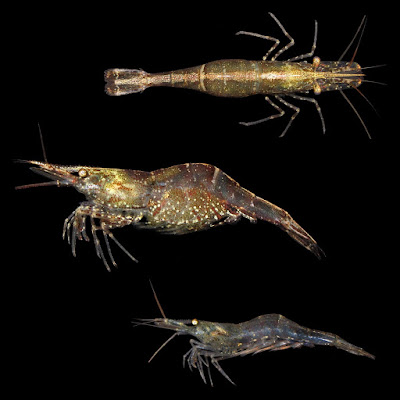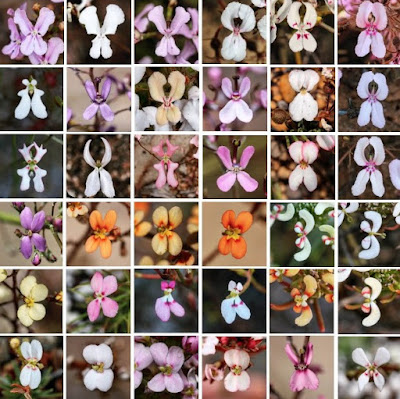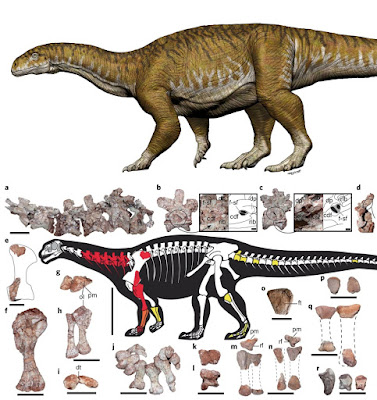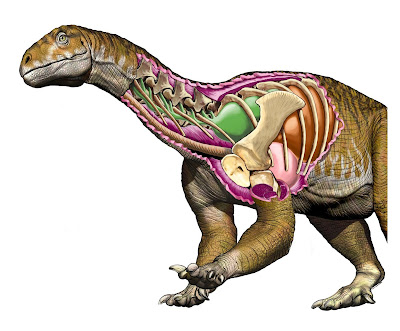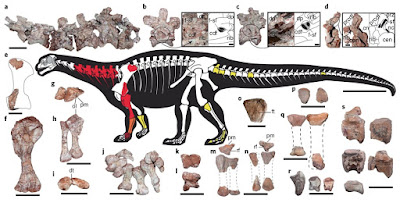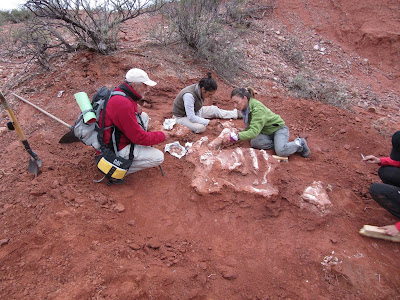[Most Recent Entries] [Calendar View]
Tuesday, July 10th, 2018
| Time | Event | ||||
| 3:46a | [Entomology • 2018] Moriphila furva • A New Jumping Plant-louse (Hemiptera: Psylloidea: Homotomidae) from Korea associated with Morus australis (Moraceae)
Abstract Moriphila furva Burckhardt & Cho, gen. and sp. nov., is described from the mountain region in north eastern South Korea. Adults were collected on Morus australis which is a likely host. We provide morphological evidence that the new monotypic genus constitutes the probable sister group of the afrotropical Phytolyma whose species develop on Milicia and Morus (Moraceae). Differences between the two genera are detailed and the phylogenetic relationships to other members of Homotomidae: Macrohomotominae, to which the new genus belongs, are discussed. The host relationships of Psylloidea associated with Moraceae are reviewed. The latter constitutes the fifth most important host taxon of Psylloidea even though it is only a moderately large family of angiosperms in terms of constituent species. Moraceae have been colonised by psyllids at least five times independently. Following new combinations are proposed: Homotoma brevis (Li, 1993), comb. nov. and Homotoma microphyllae (Li & Yang, 1991), comb. nov. (both from Caenohomotoma Yang & Li, 1981). Keywords: Hemiptera, psyllids, taxonomy, Macrohomotominae, Phytolymini, South Korea, new taxa, host relationships Daniel Burckhardt, Geonho Cho and Seunghwan Lee. 2018. Moriphila furva gen. and sp. nov. (Hemiptera: Psylloidea: Homotomidae), A New Jumping Plant-louse from Korea associated with Morus australis (Moraceae). Zootaxa. 4444(3); 299–315. DOI: 10.11646/zootaxa.4444.3.5 | ||||
| 4:10a | [Crustacea • 2018] Paratya compressa • On the Taxonomic Status of Amphidromous Shrimp Paratya borealis Volk, 1938 (Decapoda: Atyidae) from the south of the Russian Far East
Abstract One of the most northern representatives of the family Atyidae, an amphidromous shrimp Paratya borealis Volk, 1938 (Crustacea: Decapoda: Atyidae), is considered as a junior synonym of Paratya compressa (De Haan, 1844 [in De Haan, 1833-1850]) based on morphological and genetic investigations of the specimens collected in rivers flowing into Peter the Great Bay and Posyeta Bay along the Russian coasts of the Sea of Japan. The study greatly increases the area of distribution of P. compressa to north for more than 1000 km and suggests that the species probably inhabit rivers flowing into the Sea of Japan also along North and South Korean coasts. Keywords: Crustacea, Decapoda, Atyidae, shrimp, Paratya borealis, Paratya compressa, junior synonym, freshwaters, Russian Far East, Russia, northern Asia
Ivan Marin. 2018. On the Taxonomic Status of Amphidromous Shrimp Paratya borealis Volk, 1938 (Crustacea: Decapoda: Atyidae) from the south of the Russian Far East. Zootaxa. 4444(2); 154–162. DOI: 10.11646/zootaxa.4444.2.4 | ||||
| 2:22p | [Botany • 2018] Reassessing Protocarnivory – How Hungry are Triggerplants?
Abstract Stylidium species (triggerplants) are claimed to be protocarnivorous based on the presence of glandular hairs, observations of trapped small organisms, and induction of proteinase activity. However, these traits might serve alternative functions. We aimed to re-assess and quantify the degree of carnivory for Stylidium species in an ecological context, by comparing the natural abundance (δ15N) of Stylidium species with co-occurring carnivorous (Drosera species) and non-carnivorous plants in their natural habitats. We hypothesised that the δ15N signature of Stylidium species would more closely match co-occurring carnivorous plant species than their non-carnivorous counterparts if they rely on captured organisms as a nutrient source, since there is an increase in fractionation by 3–5 ‰ per trophic level. Our results show that the Stylidium species sampled had δ15N signatures that matched more closely with co-occurring non-carnivorous plants than with carnivorous Drosera species. This does not support the claim that they rely on captured organisms as a nitrogen source, or the source is negligible. Other studies have shown that protocarnivorous species have a δ15N signature that is more similar to that of co-occurring carnivorous than that of non-carnivorous species. Therefore, our findings question the protocarnivory status of Stylidium species. keywords: carnivorous plants, Drosera, insectivorous plants, protocarnivorous plants, stable nitrogen isotopes, Stylidium, Stylidiaceae. Francis J. Nge and Hans Lambers. 2018. Reassessing Protocarnivory – How Hungry are Triggerplants? Australian Journal of Botany. Online Early. DOI: 10.1071/BT18059 | ||||
| 2:30p | [Paleontology • 2018] Ingentia prima • An Early Trend Towards Gigantism in Triassic Sauropodomorph Dinosaurs Abstract Dinosaurs dominated the terrestrial ecosystems for more than 140 Myr during the Mesozoic era, and among them were sauropodomorphs, the largest land animals recorded in the history of life. Early sauropodomorphs were small bipeds, and it was long believed that acquisition of giant body size in this clade (over 10 tonnes) occurred during the Jurassic and was linked to numerous skeletal modifications present in Eusauropoda. Although the origin of gigantism in sauropodomorphs was a pivotal stage in the history of dinosaurs, an incomplete fossil record obscures details of this crucial evolutionary change. Here, we describe a new sauropodomorph from the Late Triassic of Argentina nested within a clade of other non-eusauropods from southwest Pangaea. Members of this clade attained large body size while maintaining a plesiomorphic cyclical growth pattern, displaying many features of the body plan of basal sauropodomorphs and lacking most anatomical traits previously regarded as adaptations to gigantism. This novel strategy highlights a highly accelerated growth rate, an improved avian-style respiratory system, and modifications of the vertebral epaxial musculature and hindlimbs as critical to the evolution of gigantism. This reveals that the first pulse towards gigantism in dinosaurs occurred over 30 Myr before the appearance of the first eusauropods. Systematic palaeontology Dinosauria Owen, 1842 Saurischia Seeley, 1888 Sauropodomorpha von Huene, 1932 Lessemsauridae clade nov. Etymology. Related to Lessemsaurus sauropoides Bonaparte, 1999. Definition. The clade Lessemsauridae is defined here as L. sauropoides Bonaparte, 1999 and Antetonitrus ingenipes Yates and Kitching, 2003, and all the descendants from their most common ancestor. Ingentia prima gen. et sp. nov. Etymology. ‘Ingentia’, huge (fem., Latin); ‘prima’, first (fem. Latin), referring to the large body size acquired during the early evolution of Dinosauria. .... Cecilia Apaldetti, Ricardo N. Martínez, Ignacio A. Cerda, Diego Pol and Oscar Alcober. 2018. An Early Trend Towards Gigantism in Triassic Sauropodomorph Dinosaurs. Nature Ecology & Evolution. DOI: 10.1038/s41559-018-0599-y twitter.com/PolDiego/status/1016383540387352578 Huge new gentle giant dinosaur the size of a double decker bus discovered metro.co.uk/2018/07/09/huge-gentle-giant-d |
| << Previous Day |
2018/07/10 [Calendar] |
Next Day >> |


